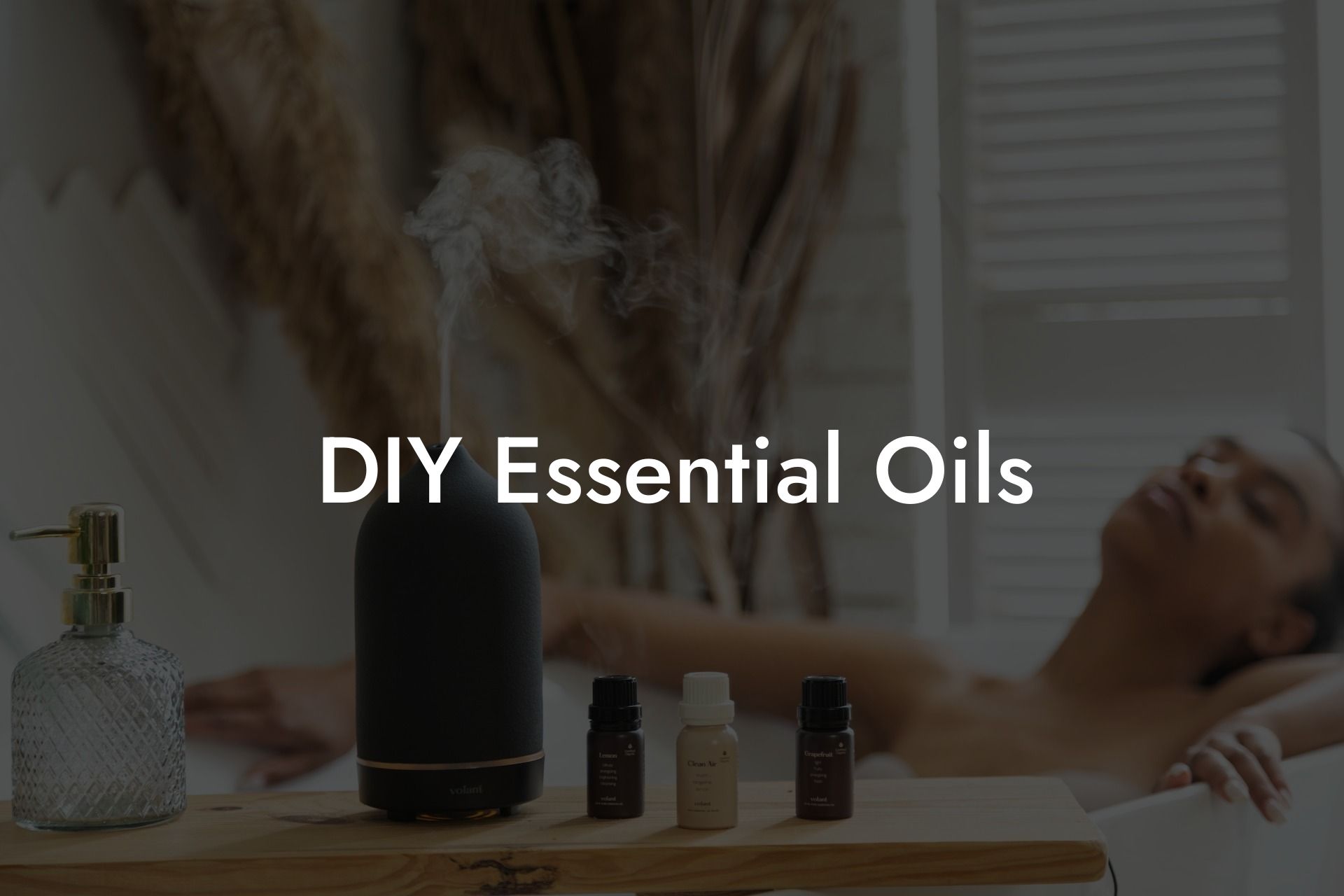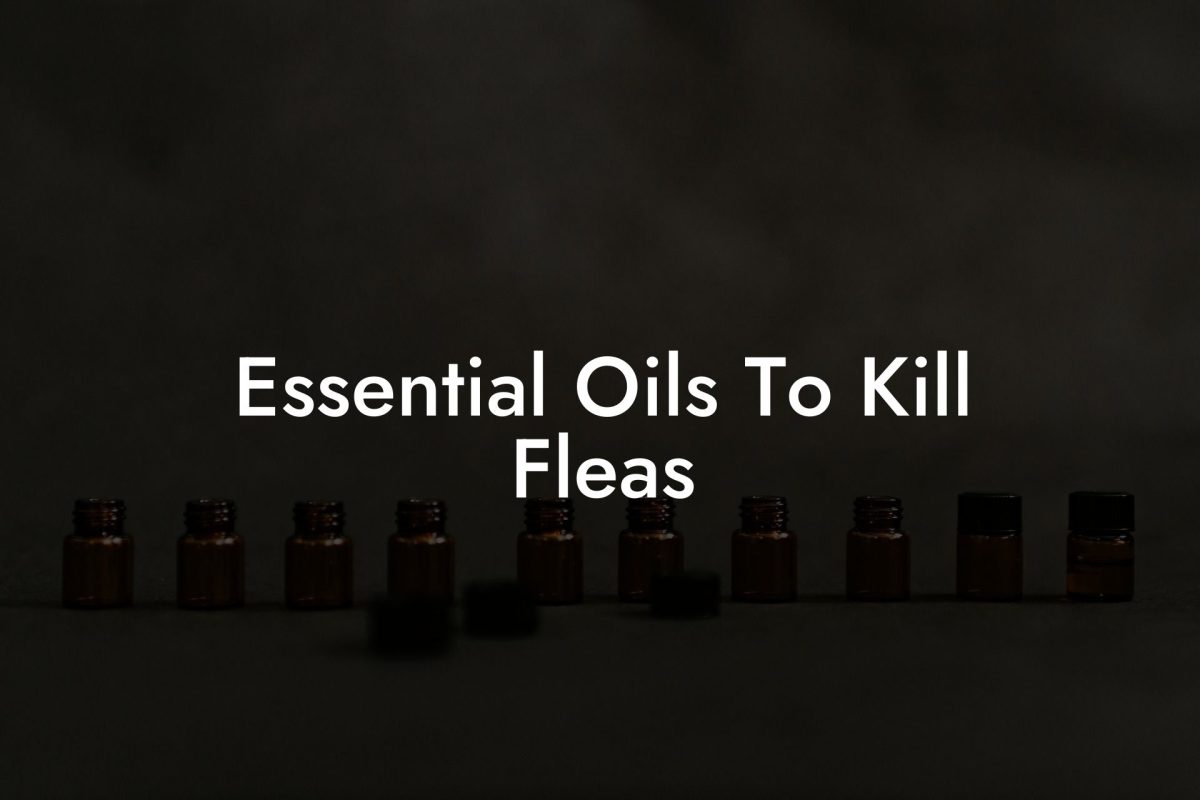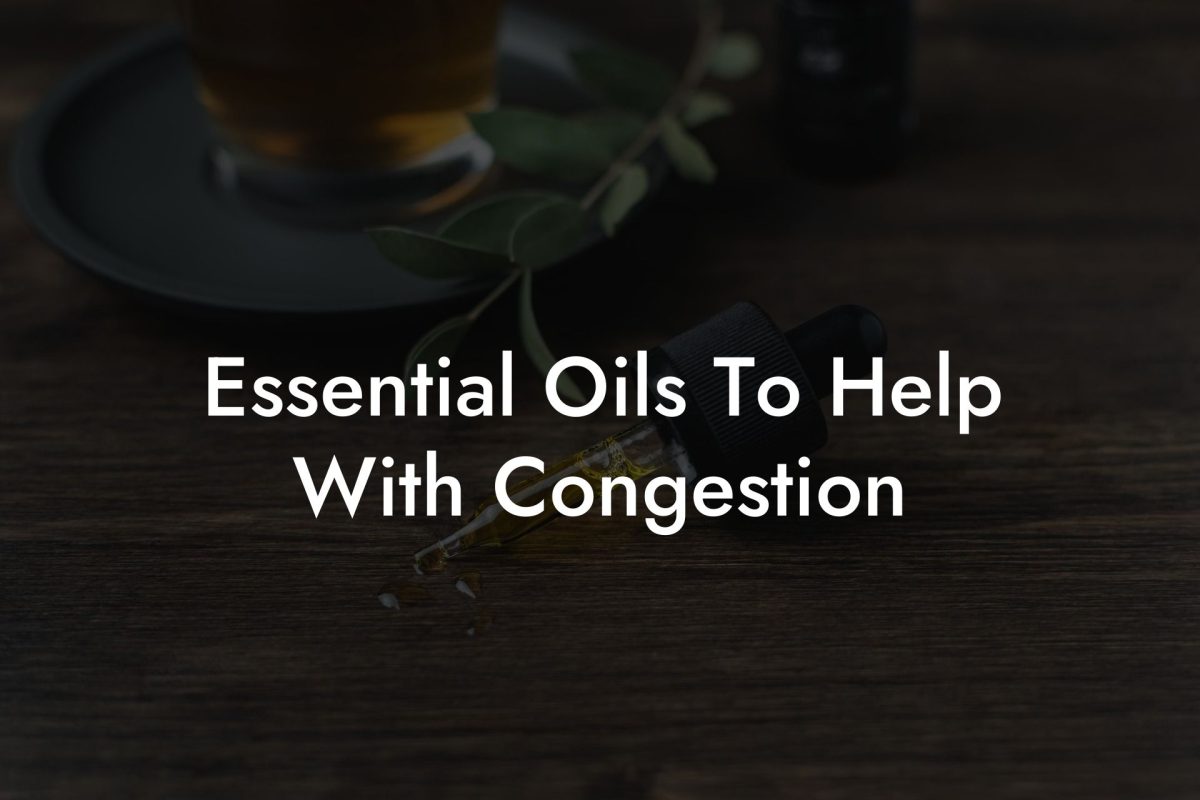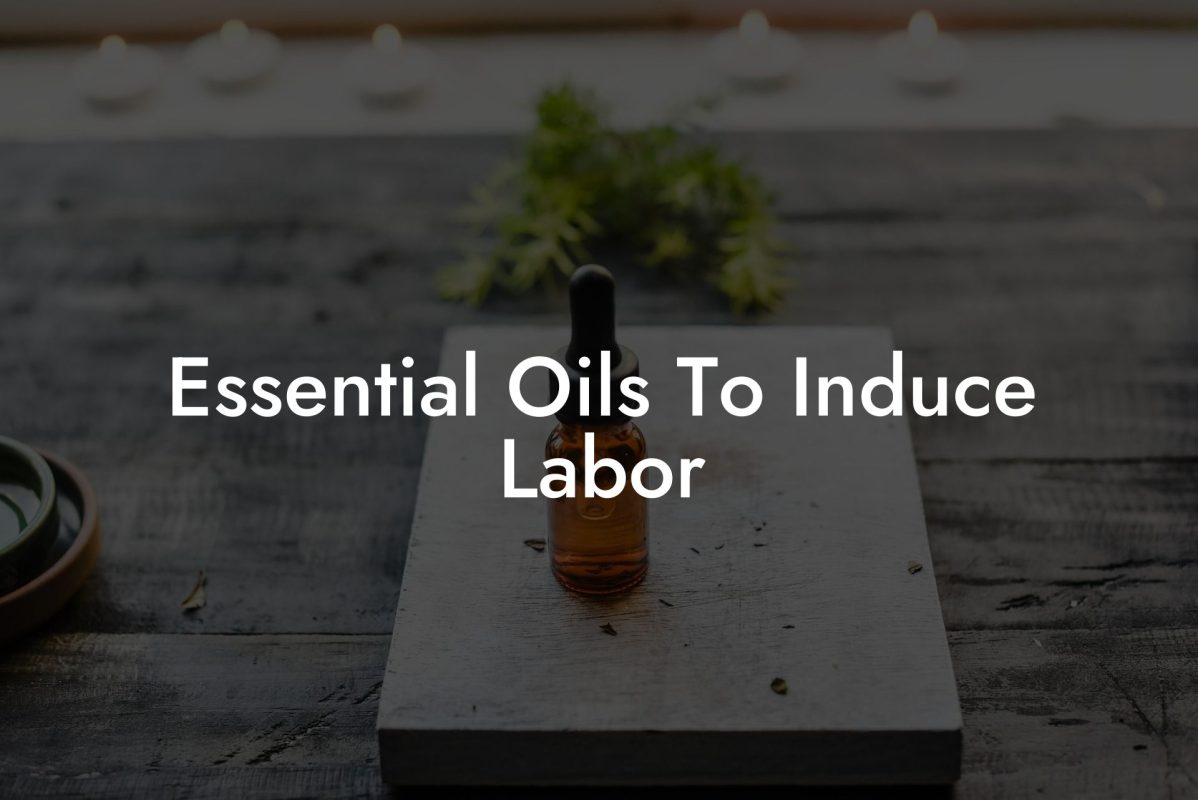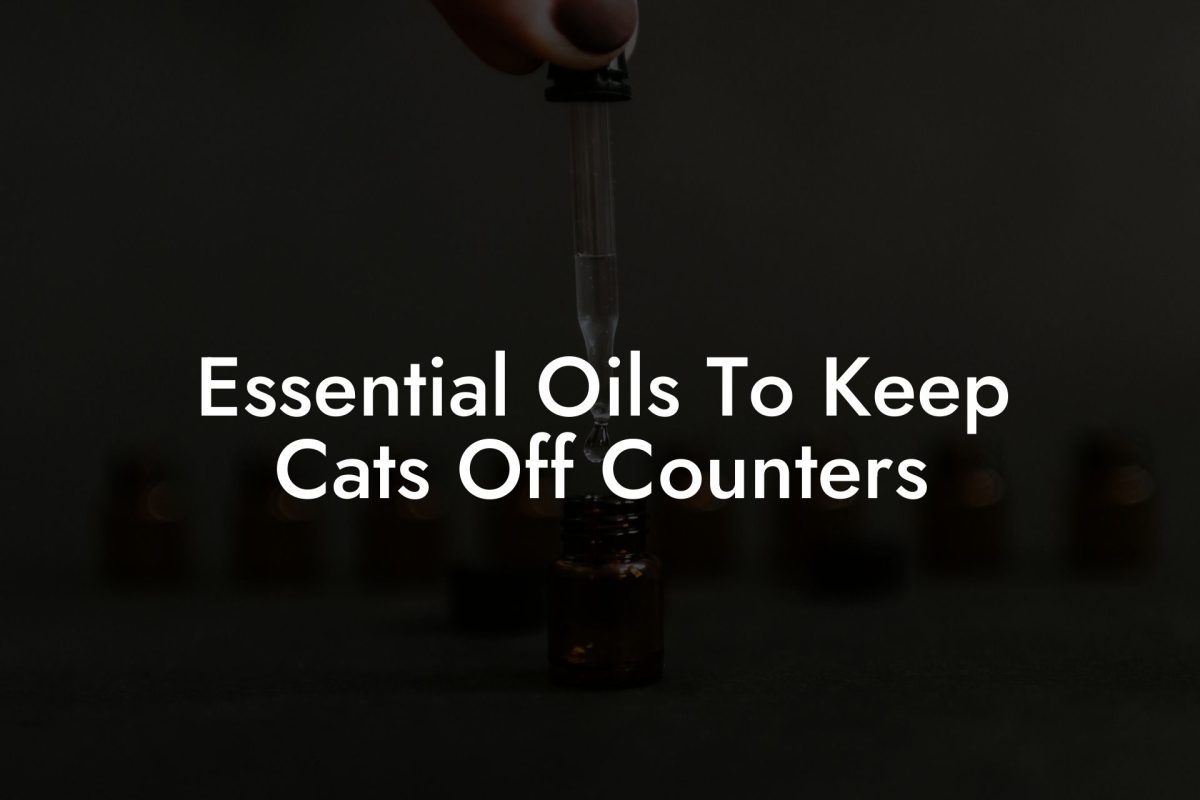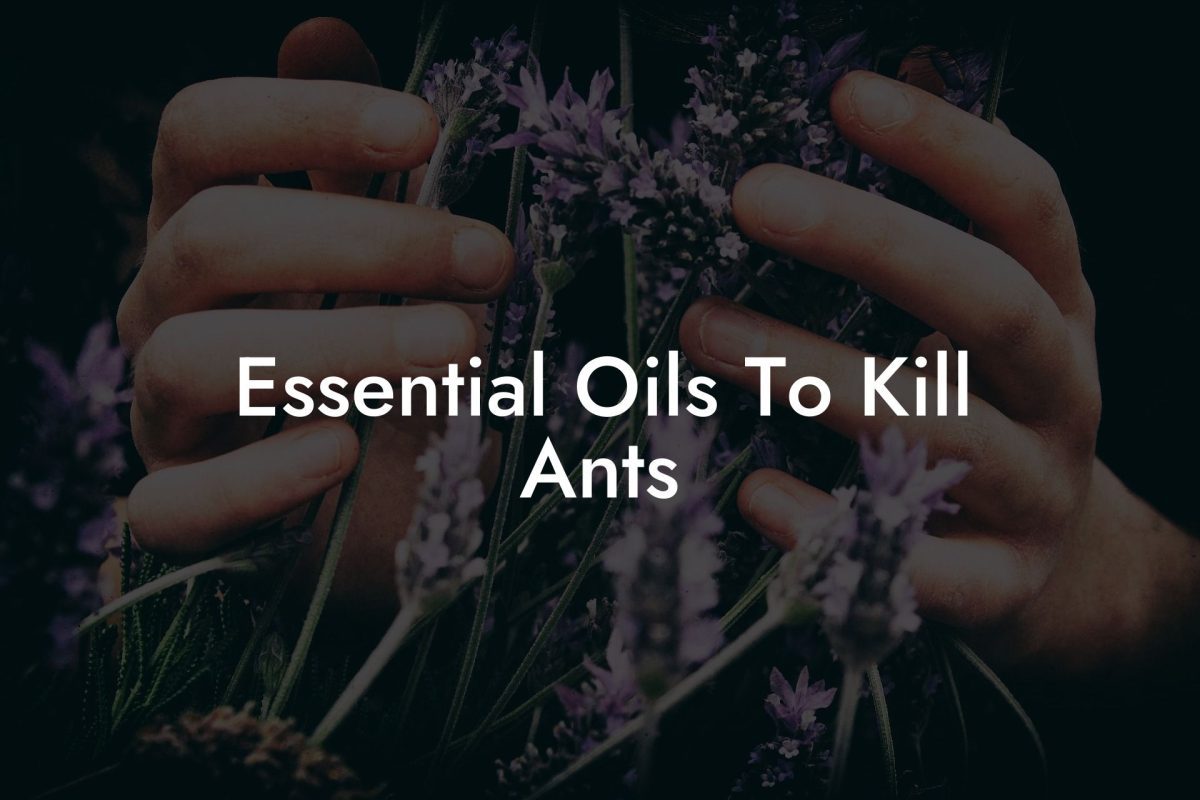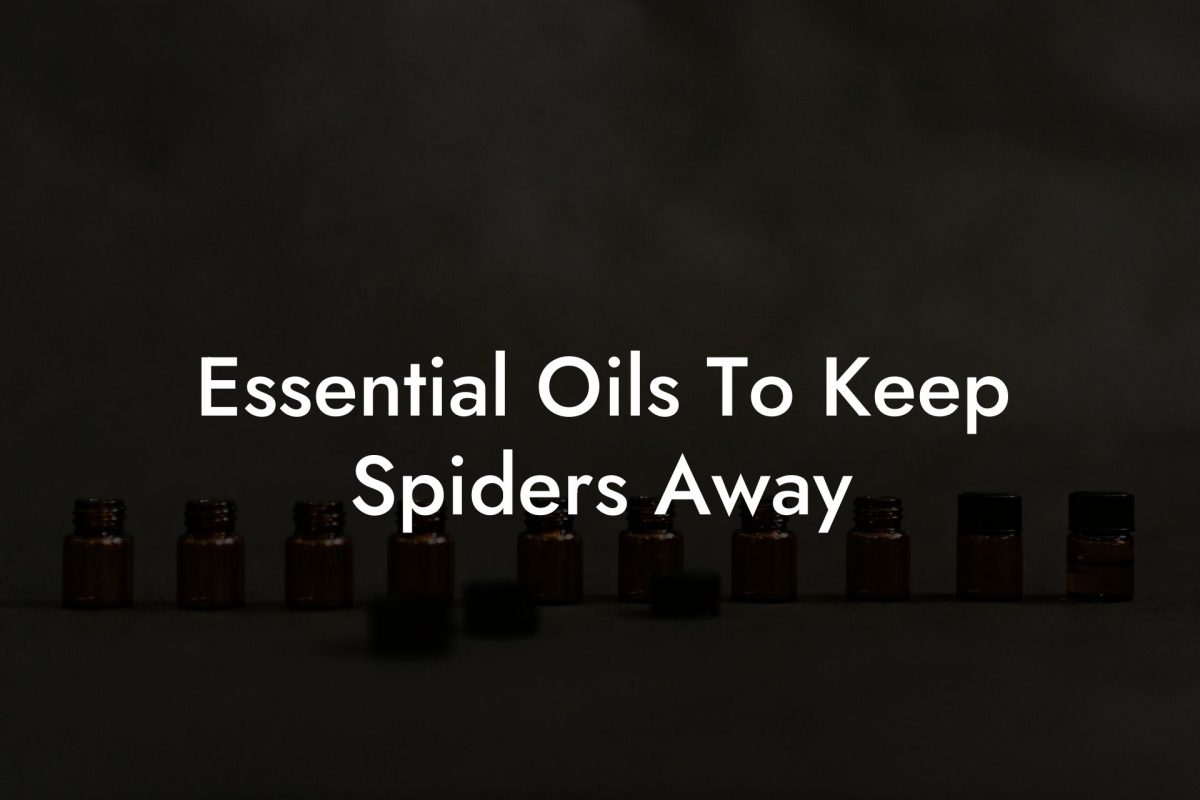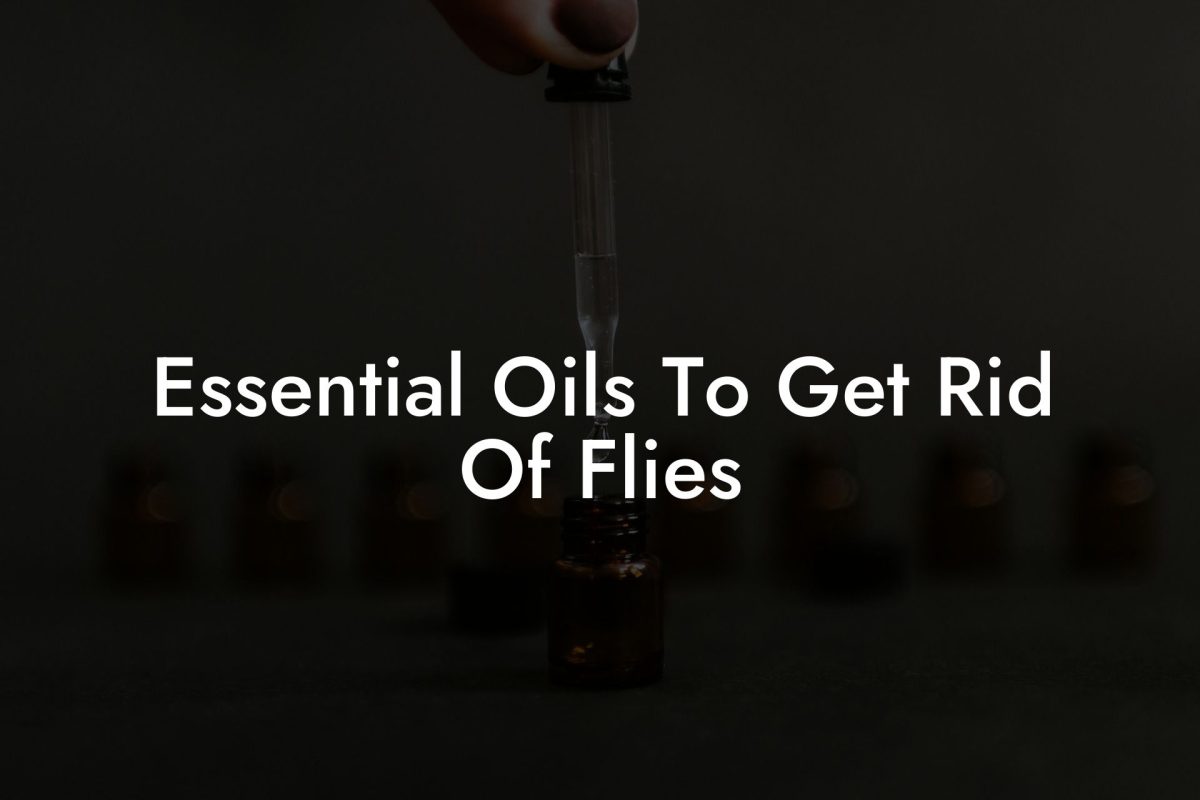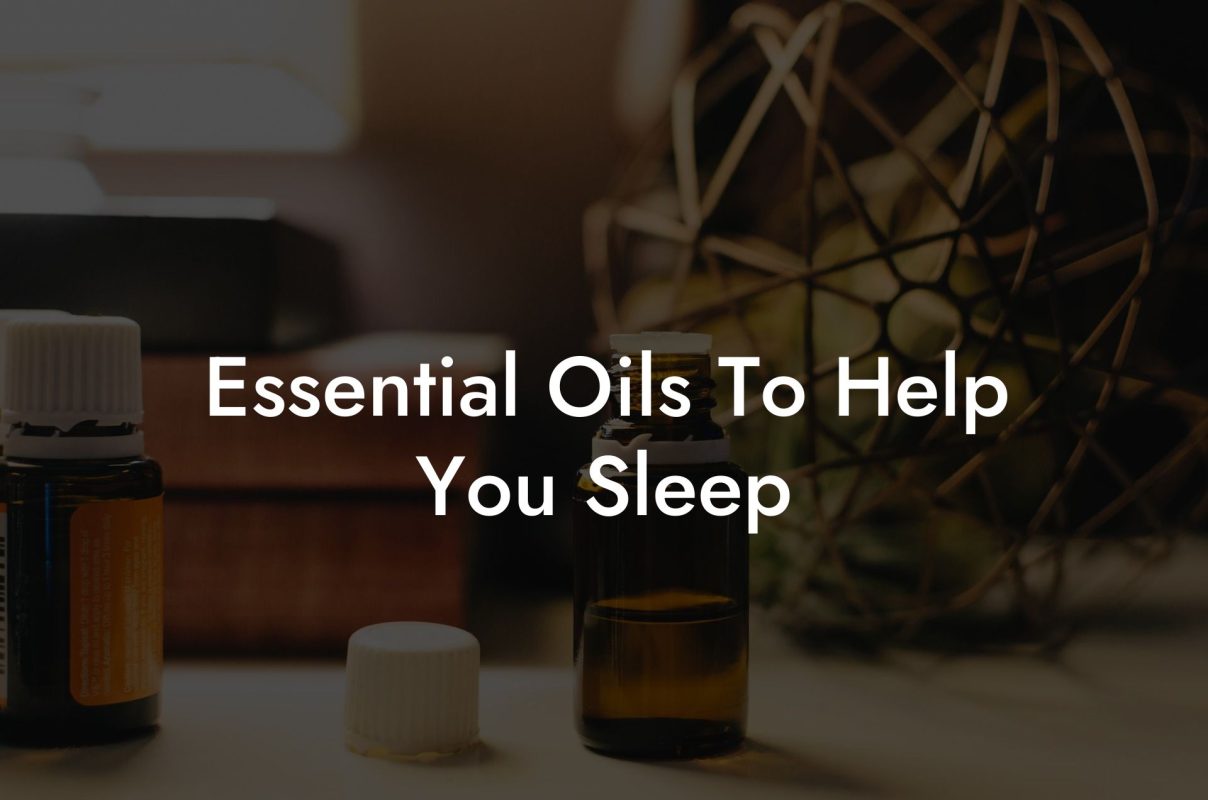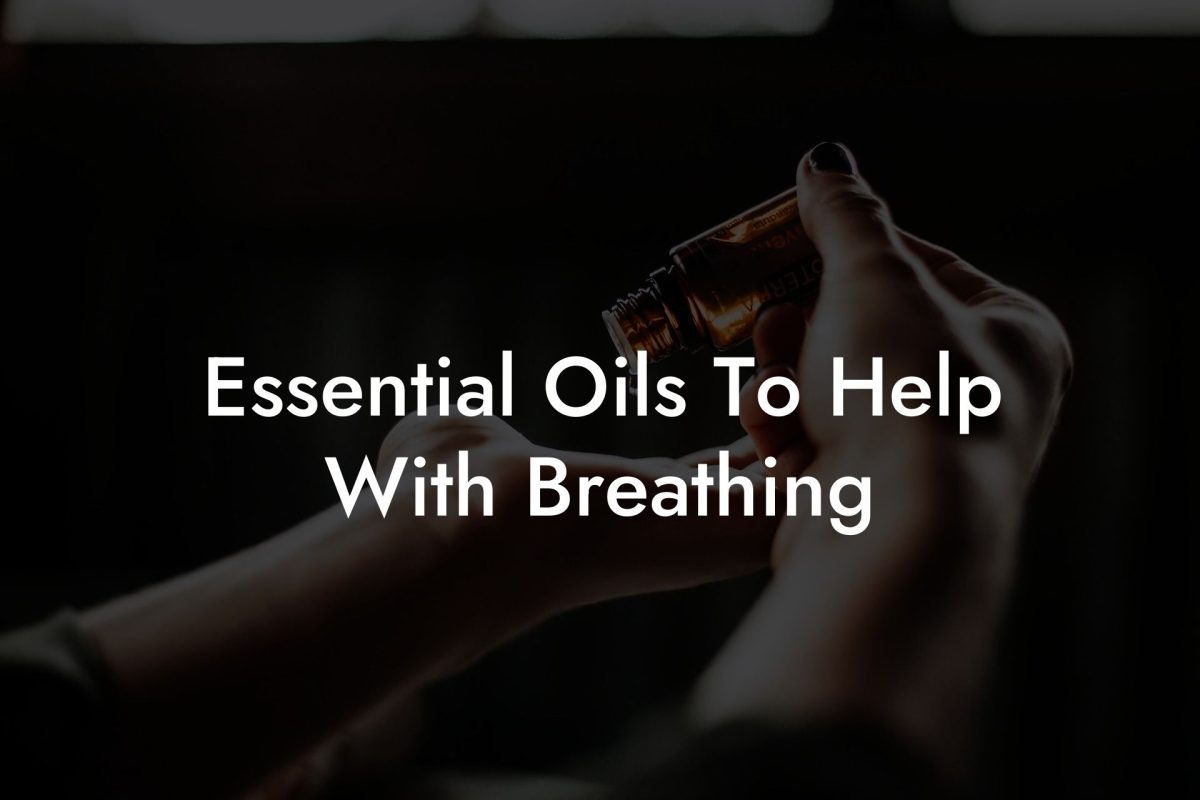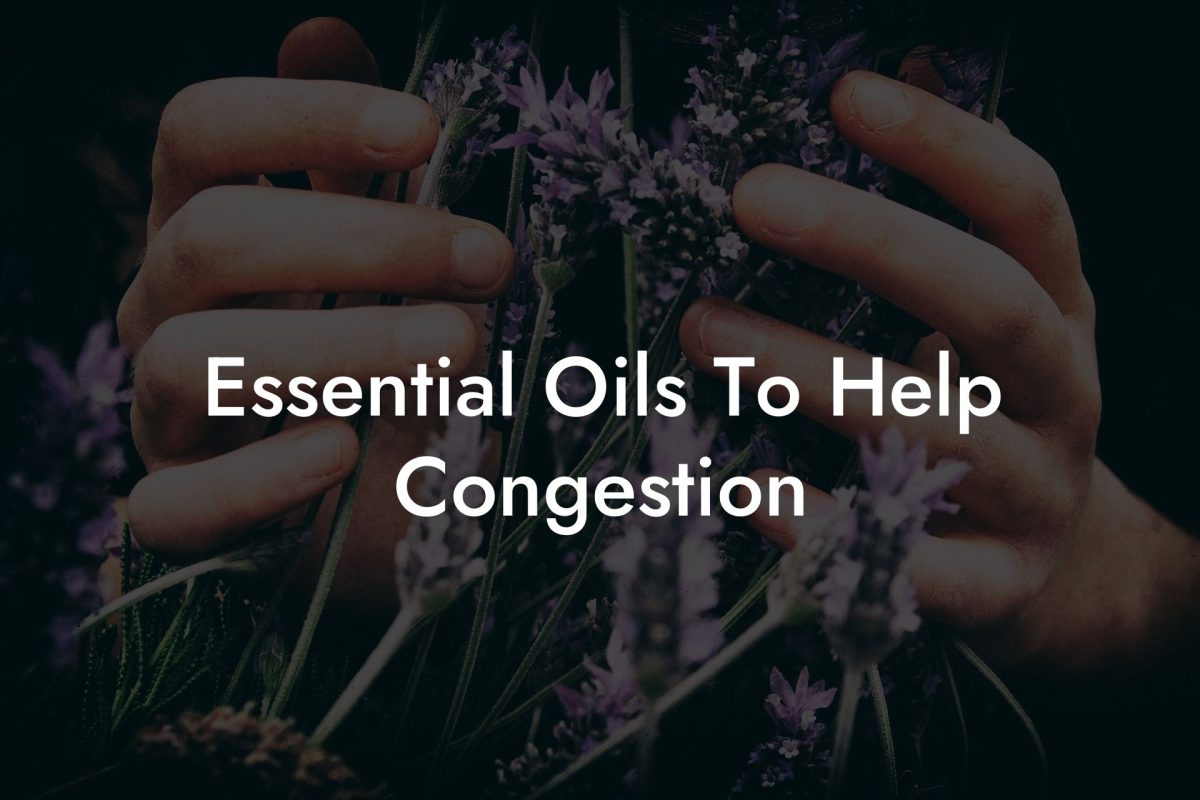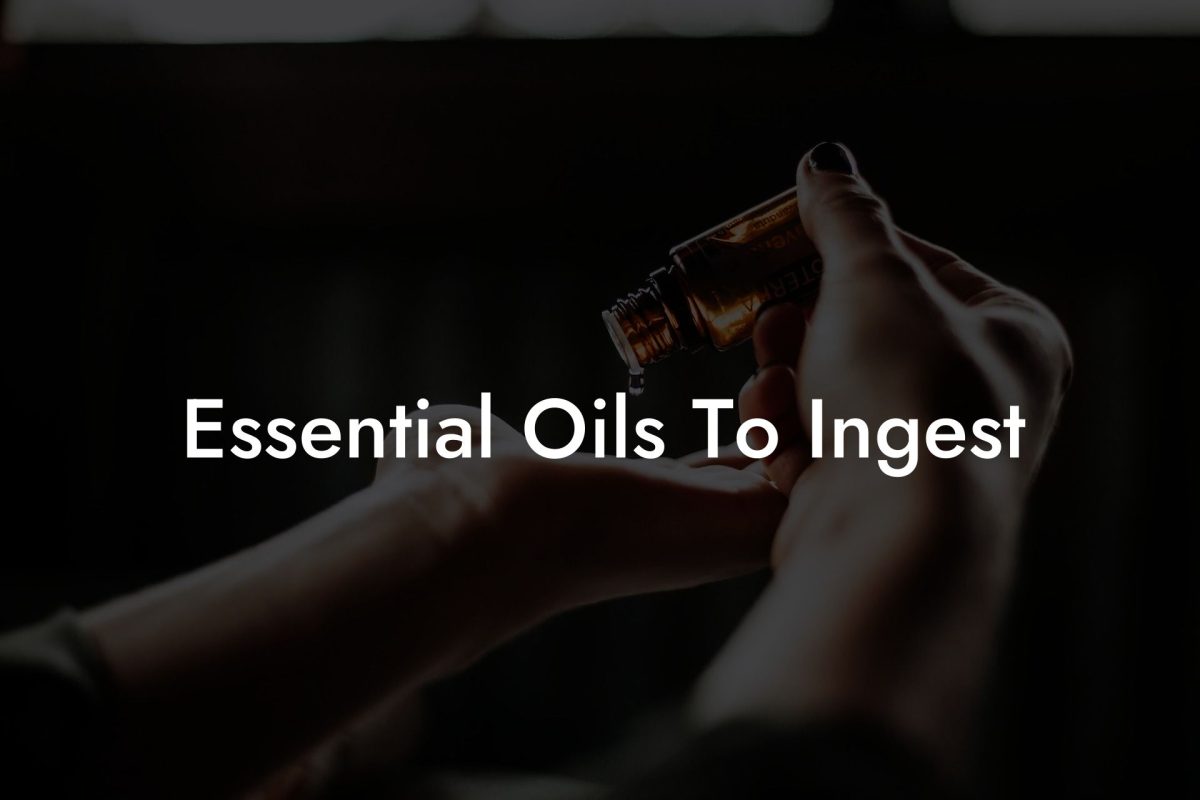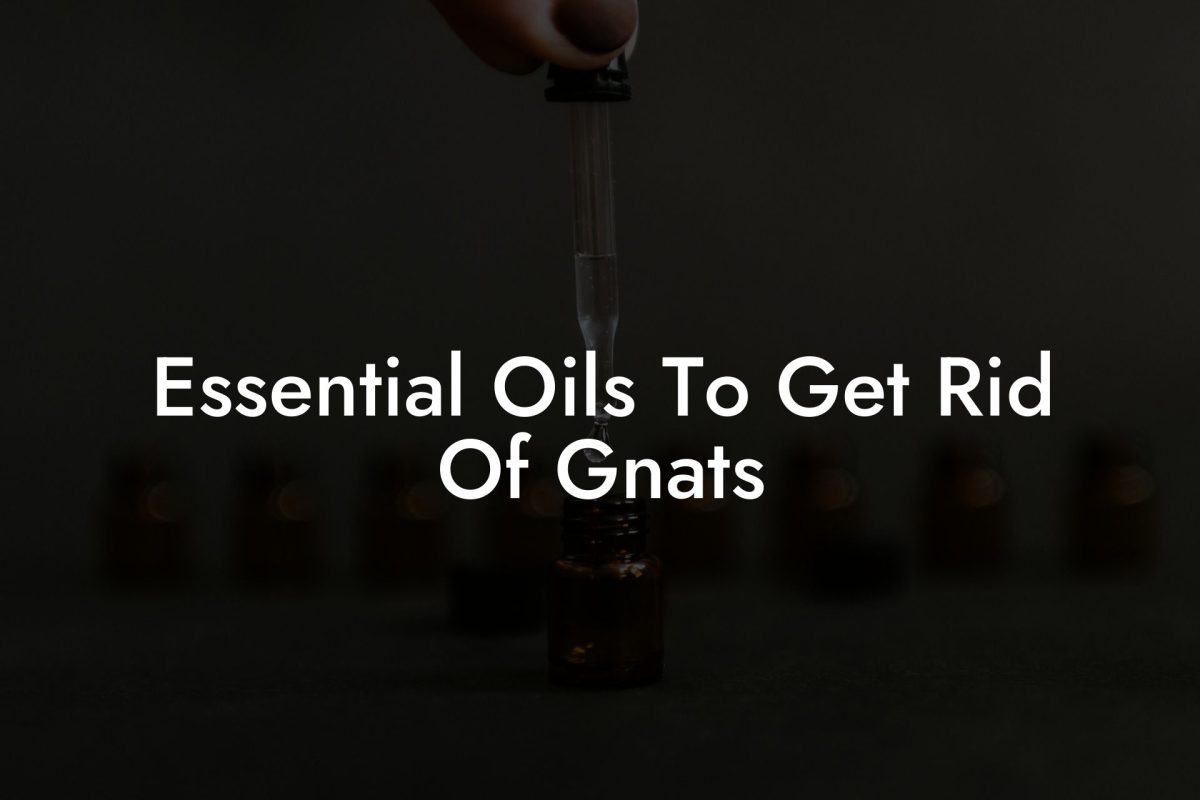There is a growing interest in the world of essential oils, with many people turning to these natural products for their amazing benefits in enhancing health and wellness. If you’re one of those who loves essential oils and would like to explore the possibility of making your own, then this article is your guide to creating some amazing DIY essential oil blends at home. With your own essential oils, you can create a variety of products such as candles, diffusers, and homemade skincare. So let’s dive in and unfold the magic of DIY essential oils.
Table of Contents
Benefits of Making Your Own Essential Oils
- Cost-effective: Making your own essential oils can save you money as you won’t need to buy expensive pre-made products.
- Customization: You have control over the ingredients and can create your own blends that cater to your specific needs and preferences.
- Purity: When making your own oils, you know exactly what goes into them, ensuring they are free from artificial fragrances, colors, and preservatives.
Choosing the Right Plant Material
To create your own essential oils, you’ll need to start with high-quality plant material. Some popular options include:
- Lavender for relaxation and easing anxiety
- Peppermint for focus and energy boosting
- Eucalyptus for its sinus-soothing effects
- Tea tree for its antiviral and antifungal properties
When selecting your plant material, make sure it is organic, pesticide-free, and fresh for the highest quality and therapeutic benefits.
Extraction Methods
There are several methods for extracting essential oils from plants, but below are two beginner-friendly options:
Steam Distillation
Steam distillation is one of the most commonly used methods for extracting essential oils. It involves passing steam through the plant material, which causes the essential oils to evaporate. The steam and essential oil mixture is then cooled and condensed, and the oil is separated from the water.
What you’ll need:
- A large pot with a lid
- A heat-resistant glass bowl
- Ice
- Plant material
- Water
Cold Pressing
Cold pressing, or expression, is used mainly for citrus essential oils like lemon, orange, and grapefruit. This method involves mechanically pressing the peels of the fruits to release the oils.
What you’ll need:
- A citrus zester or fine grater
- A clean, absorbent cloth
- Plant material
- A glass container
DIY Essential Oils Example:
For this example, we’ll walk you through making your own lavender essential oil through steam distillation:
1. Fill your pot with water and place the glass bowl in the center.
2. Arrange your lavender around the bowl and make sure it is fully submerged.
3. Place the lid on the pot upside down so that the handle is inside the pot.
4. Bring the water to a boil and then reduce to a simmer.
5. Place ice on top of the inverted lid to help condense the steam.
6. The steam will cause the essential oil to evaporate from the plant material and then condense on the cool lid. The mixture drips into the bowl where the oil and water will separate.
7. Allow the mixture to cool before using a dropper to separate the essential oil from water.
Now that you know how to make your own essential oils, the possibilities are endless. Experiment with different plant materials and create your own unique blends for various purposes. Don’t forget to share this guide with friends and invite them to explore the world of DIY essential oils together. Make sure to visit Oshu Oils for more informative articles on essential oils, aromacology, and our range of Artisan Essential Earth Oils. Happy blending!

